Catalyst deactivation and regeneration represent critical challenges in industrial catalytic processes, as deactivation leads to reduced efficiency, higher operational costs, and the frequent need for catalyst replacement. Catalyst deactivation occurs through several mechanisms, including poisoning, sintering, fouling, and thermal degradation. Poisoning happens when undesirable species block active sites, while sintering involves the agglomeration of catalyst particles at high temperatures, which reduces the catalyst’s surface area and activity. Fouling occurs when deposits accumulate on the catalyst surface, hindering reactant access, and thermal degradation alters the catalyst’s structure with prolonged heat exposure, resulting in diminished performance. Catalyst regeneration is the process used to restore the catalyst’s activity, typically by removing poisons, reactivating surface sites, or restoring its structure. Methods of regeneration include thermal treatment, chemical cleaning, and the use of reactive gases to remove fouling agents or reverse deactivation. In many cases, catalysts can be regenerated multiple times, enhancing the sustainability and cost-effectiveness of industrial processes. Ongoing research focuses on developing catalysts with greater resistance to deactivation and improving regeneration techniques to extend catalyst life, reduce operational costs, and minimize the environmental impact.
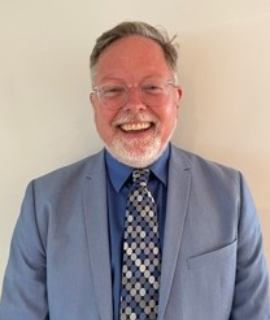
Thomas J Webster
Interstellar Therapeutics, United States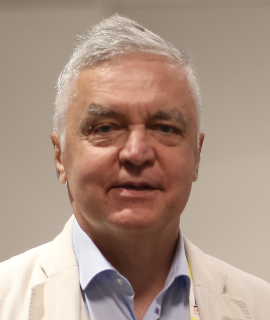
Sergey Suchkov
R&D Director of the National Center for Human Photosynthesis, Mexico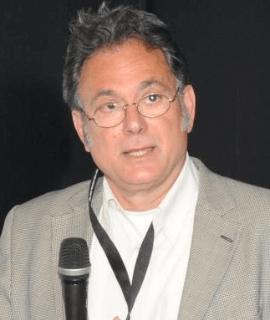
Christopher Koroneos
University of Western Attica, Greece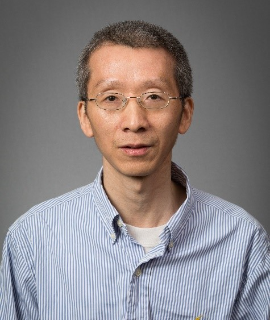
Haibo Ge
Texas Tech University, United States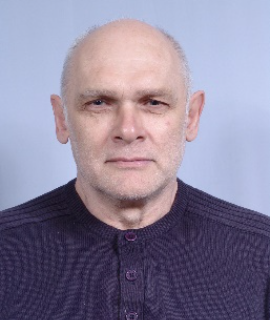
Valery P Kalinitchenko
All Russian Phytopathology Research Institute, Russian Federation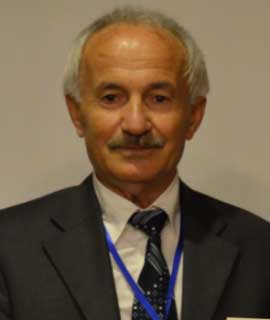
Osman Adiguzel
Firat University, Turkey
Delia Teresa Sponza
Dokuz Eylul University, Turkey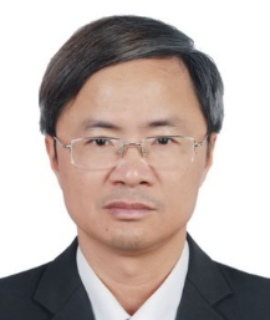
Guangnan Ou
Jimei University, China


Title : Using cells as the environmentally catalyst for nanoparticle synthesis: Killing bacteria, inhibiting inflammation, and growing tissues
Thomas J Webster, Interstellar Therapeutics, United States
Title : Personalized and Precision Medicine (PPM) as a unique healthcare model to be set up through biodesign-inspired biotech-driven translational applications and upgraded business marketing to secure the human healthcare, wellness and biosafety
Sergey Suchkov, R&D Director of the National Center for Human Photosynthesis, Mexico
Title : Chemical soil biological engineering and biogeosystem technique methodology
Valery P Kalinitchenko, All Russian Phytopathology Research Institute, Russian Federation
Title : Antibody-proteases as translational tools of the next-step generation to be applied for biotech, bioindustry and personalized and precision medical practice
Sergey Suchkov, R&D Director of the National Center for Human Photosynthesis, Mexico
Title : Shape memory phenomena and crystallographic transformations in shape memory alloys
Osman Adiguzel, Firat University, Turkey
Title : Construction of artificial metalloenzymes by protein refolding
Guangnan Ou, Jimei University, China
Title : Photoremoval of some brominated phenols (4-bromophenol and 2,4,6-tribromophenol) with reused polystyrene foam and SnO2
Delia Teresa Sponza, Dokuz Eylul University, Turkey
Title : Phenol removal from wastewater using innovative biological and industrial wastes as adsorbents
Ashanendu Mandal, University of Calcutta, India
Title : Boom of nanomaterials in environmental remediation
Vijendra Singh Solanki, Institute of Science and Research, India
Title : Process intensification for the production of 2, 2-dimethoxypropane using Fixed BED Chromatographic Reactor (FBCR)
Akash Sunilrao Shinde, Indian Institute of Technology Bombay, India